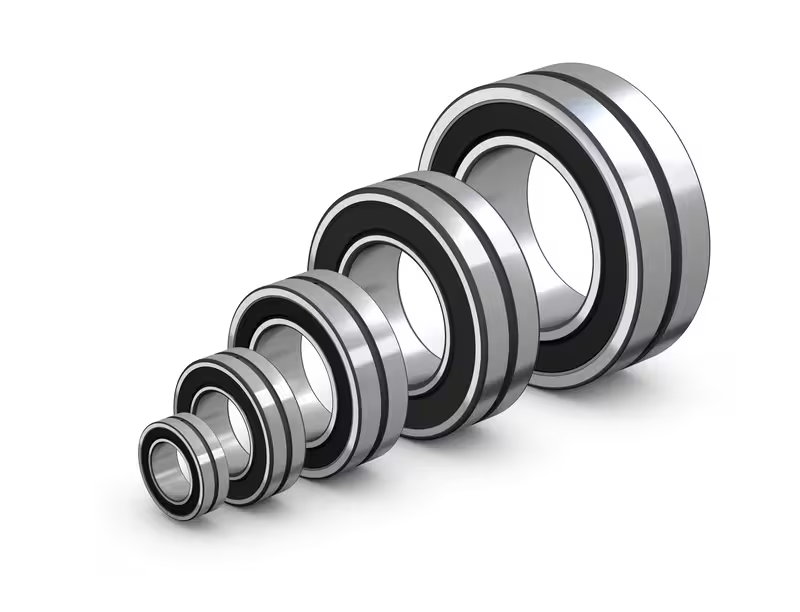To get the most out of your equipment, you must install the proper bearing. Using the incorrect bearing can reduce productivity, increase maintenance requirements, and, in the worst situation, result in equipment failure that will be very expensive to repair.
Selecting the right industrial bearings can be challenging. Industrial bearings and power transmission machinery generate a complex matrix of forces during operation, including pressures, temperatures, and speeds, which frequently interact in nonlinear ways.
Your decision is not any easier to make because there are several kinds of bearings. Consider consulting the bearing dimension table skf pdf (ตารางเบอร์แบริ่งskf pdf, this is the term in Thai) to find your accurate match. Here are important considerations to make when selecting an appropriate bearing:
Load
Bearing load can be measured in several ways. The shaft is subjected to radial load at the proper angle. Forces acting in the same direction as the shaft can be measured using axial load. In a system, radial and axial loads can cooperate to create a moment or combined load. All three forms of loads must be supported by a bearing throughout its anticipated range.
Tolerance
The fit and rotational performance of cylindrical roller bearings with spacers is governed by ISO and JIS standards. For machines that require great precision and speed of operation, pathways with an accuracy level of 5 or higher are the most effective. Deep groove ball bearings, radial thrust ball bearings, or cylindrical roller bearings can all be used in machinery that must operate with extreme precision.
Velocity
Each bearing is designed to function optimally within a certain speed range. Different bearings are required for a system that travels quickly versus one that moves slowly. If high-speed bearings are somewhat misaligned, they still need to function safely, and this might have a considerably greater impact when turning swiftly.
Temperature
Understanding how temperature variations impact a rotating system’s components is essential to getting the most out of it. Journal bearings can generate a great deal of heat in a system, and it’s crucial to understand how they respond to heat from other sources. The lubrication of the bearing needs to be adjusted for the temperatures at which it will be used.
Accuracy of rotation
The majority of journals with 0-level tolerance bearings are sufficient to satisfy the host’s requirements. Higher tolerance deep groove ball bearings should be utilized, nevertheless, in applications where the accuracy of the shaft’s rotation is crucial, such as in machine tool spindles, precision machinery, and instruments.
Stiffness
Most of the time, this little shift can be disregarded. On the other hand, the static and dynamic stiffness of the bearing significantly influences the operation of certain equipment, such as machine tool spindle systems.
Torque of friction
Compared to roller bearings, ball bearings are less resistant to friction. When a radial contact bearing is subjected to a pure radial load, the friction resistance is minimal. When an axial contact bearing experiences a pure axial load, friction resistance frequently occurs.
Choosing a strategy might be similar to choosing any other piece of gear: you need to strike a balance between cost and functionality. Although a more important bearing may cost more, it will require less upkeep and replacement. Considerations include ease of lubrication and referring to the directions.


